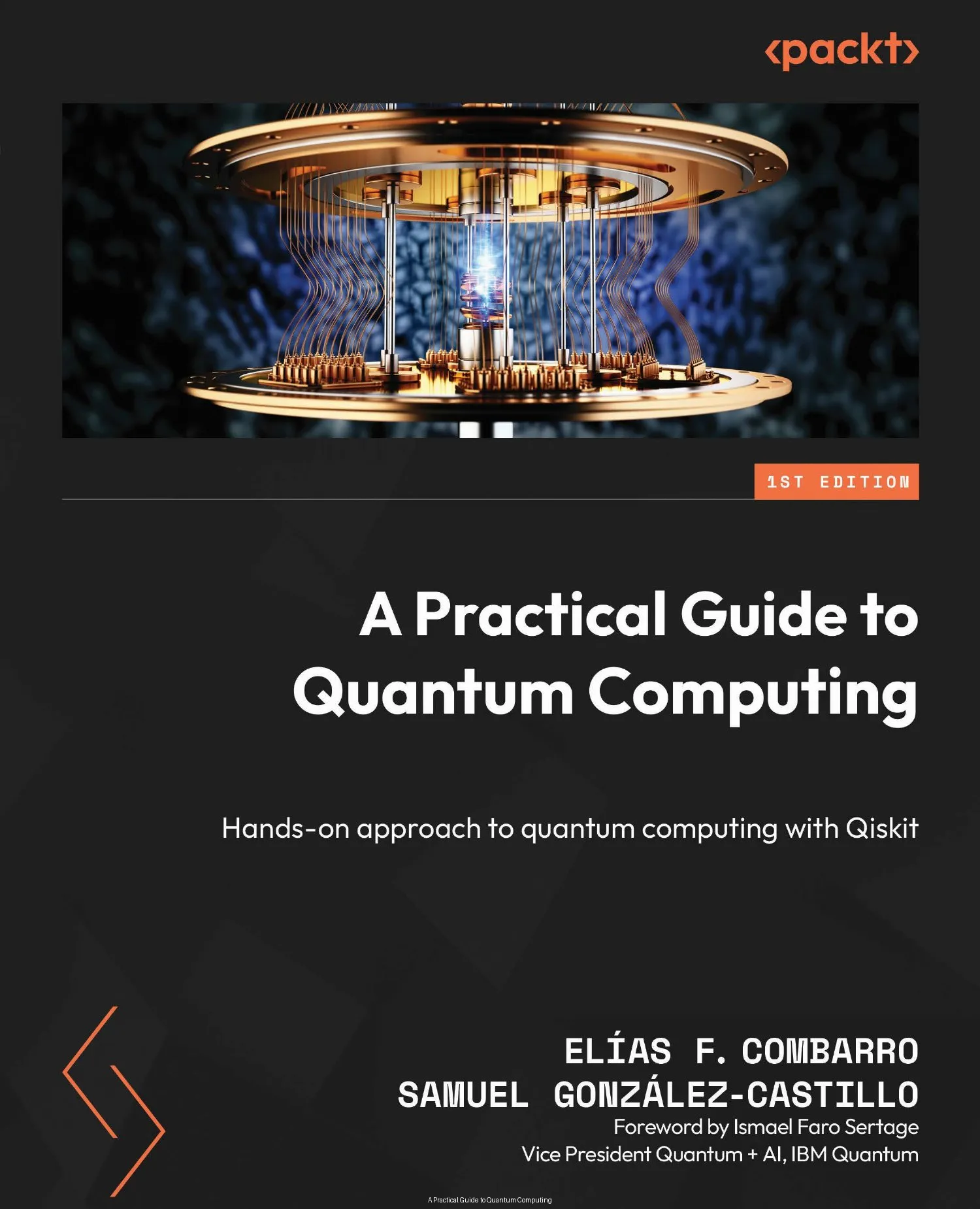A Practical Guide to Quantum Computing: Hands-on approach to quantum computing with Qiskit
English | 2024 | ISBN: 1835885950 | 512 pages | True PDF | 9.04 MB
Learn about quantum information processing with Qiskit through hands-on projects. A foundational resource for STEM professionals, researchers and university students interested in quantum computers and algorithms.
Key Features
Understand the theoretical foundations of quantum computing
Learn how to use the Qiskit framework and how to run quantum algorithms with it
Discover top quantum algorithms like Grover’s search and Shor’s factoring methods
Book Description
This book is an introduction, from scratch, to quantum computing and the most important and foundational quantum algorithms—ranging from humble protocols such as Deutsch’s algorithm to ones with far-reaching potential, such as Shor’s factoring algorithm—offering clear explanations and a hands-on approach with runnable code on simulators and real hardware. The book is self-contained and does not assume any previous experience in quantum computing. Starting with a single qubit, it scales to algorithms using superposition and entanglement.
At every step, examples of applications are provided, including how to create quantum money that is impossible to forge, quantum cryptography that cannot be broken, and algorithms for searching and factoring that are much faster than those that regular, non-quantum computers can use. Code for each of these algorithms is provided (and explained in detail) using Qiskit 2.1.
After reading this book, you will understand how quantum algorithms work, how to write your own quantum programs, and how to run them on quantum simulators and actual quantum computers. You will also be prepared to take the jump into quantum algorithms for optimization and artificial intelligence, like those presented in our previous book, A Practical Guide to Quantum Machine Learning and Quantum Optimization.
What you will learn
Understand what makes a quantum computer unique
Mathematically represent the state of multi-qubit systems
Describe the effects of measurements in quantum computers
Know how quantum superposition, entanglement, and interference work
Implement and run any quantum algorithm in Qiskit
Understand how Shor's and Grover's algorithms work
Gain familiarity with quantum fault-tolerance and quantum advantage
Who this book is for
This book would be ideal for university-level students in Computer Science, Mathematics, Physics or other STEM fields taking introductory-level courses on quantum computing. It also suits professionals, researchers and self-learners with a STEM background. Potential readers of our previous book, A Practical Guide to Quantum Machine Learning and Quantum Optimization, will benefit from first building foundational quantum computing skills with this book.



